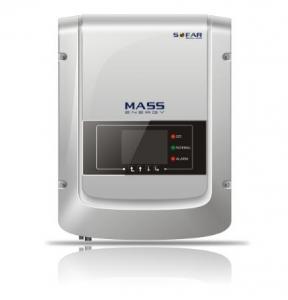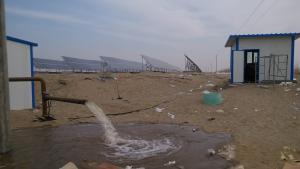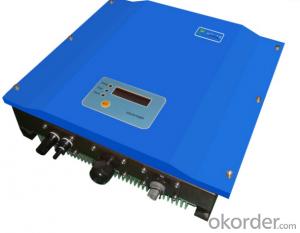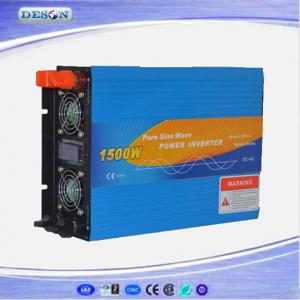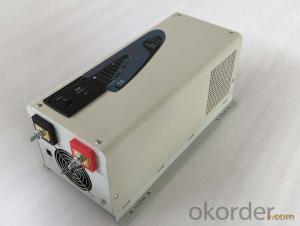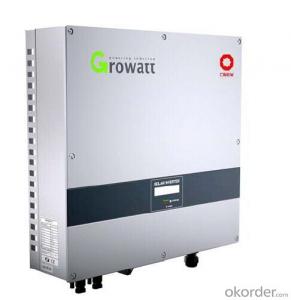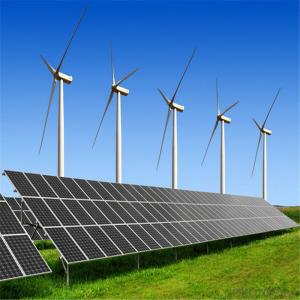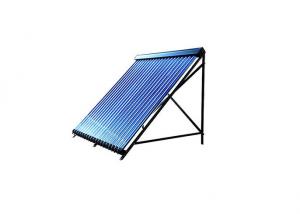1100va Solar Inverter
1100va Solar Inverter Related Searches
Solar Inverter 110v 11kw Solar Inverter 11kv Solar Inverter 1000 W Solar Inverter 1000 Watt Solar Inverter 1000w Solar Inverter 1000kw Solar Inverter 1000 Watt Solar Power Inverter Solar 1000 Watt Power Inverter 12000 Watt Solar Inverter 1200 Watt Solar Inverter 1000 Watt Solar Panel Inverter 1000 Watt Inverter Solar Panel Solar Power Inverter 1000w 120v Solar Inverter 1kva Solar Inverter 10000w Solar Inverter 100 Kva Solar Inverter Solar 120v Inverter 100kw Solar Inverter 10000 Watt Solar Inverter 1 Kva Solar Inverter 10000w Solar Power Inverter 100 Amp Solar Inverter Solar Inverter 1kva 1kv Solar Inverter 100 Kw Solar Inverter 1500v Solar Inverter China Solar Inverter 1000kw 12v Solar Inverter1100va Solar Inverter Supplier & Manufacturer from China
The 1100VA Solar Inverter is a high-quality product designed to efficiently convert solar energy into usable electrical power for various applications. This solar inverter is equipped with advanced features that ensure optimal performance and reliability, making it a popular choice for both residential and commercial use. The 1100VA Solar Inverter is particularly useful in situations where a reliable and efficient power supply is needed, such as in off-grid solar systems, backup power solutions, and remote area power supplies.The 1100VA Solar Inverter is widely used in various scenarios, including residential homes, commercial buildings, and even in off-grid applications where traditional power sources are not available or reliable. This product is ideal for those looking to harness the power of the sun to reduce their reliance on fossil fuels and lower their energy bills. It can be used in conjunction with solar panels to store and distribute electricity, ensuring a consistent power supply even during periods of low sunlight or at night.
Okorder.com is a leading wholesale supplier of the 1100VA Solar Inverter, offering a vast inventory of this product at competitive prices. As a trusted distributor, Okorder.com ensures that customers receive high-quality products that meet their specific needs and requirements. With a commitment to customer satisfaction and a focus on providing reliable, efficient solutions, Okorder.com is the go-to source for those in need of 1100VA Solar Inverters and other related products.
Hot Products



